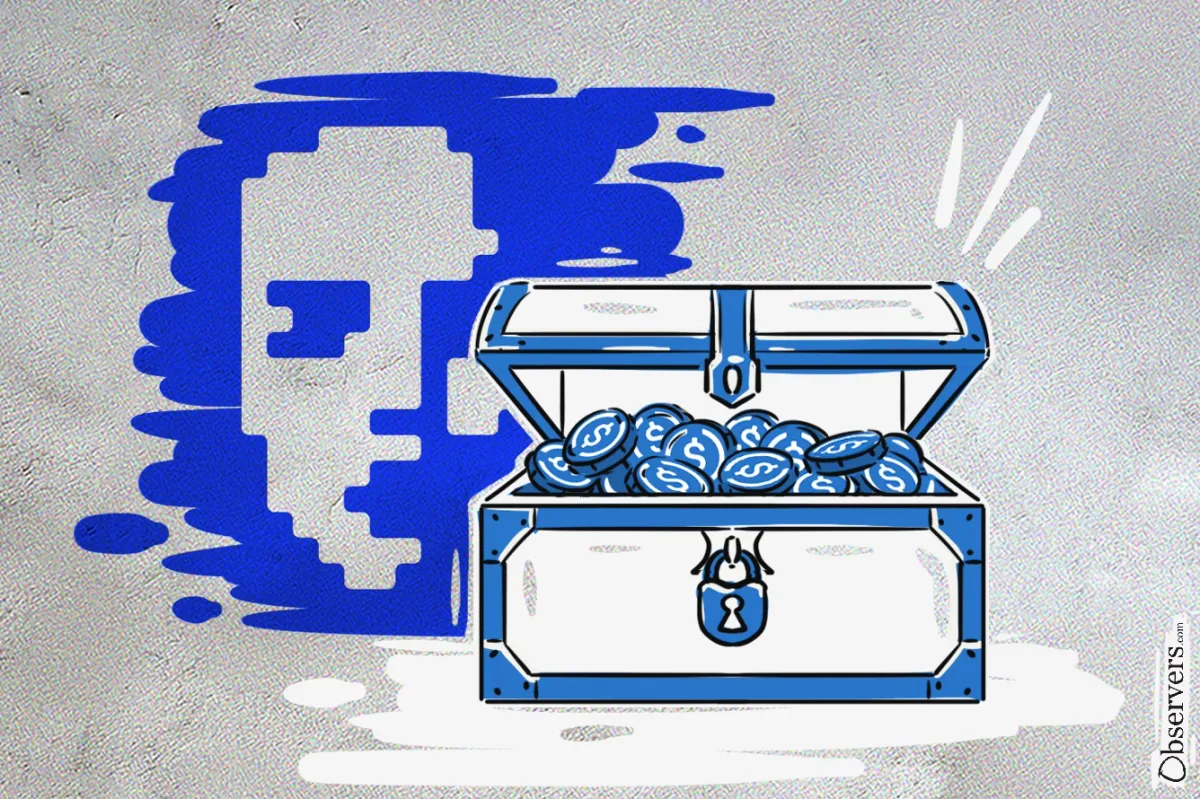
Zero Collateral and Undercollateralized Loans in DeFi
Zero collateral or undercollateralized loans are attractive products in finance, with a global unsecured credit market estimated at $5.3 trillion for both consumers and businesses. However, their feasibility is challenged by high default rates. In traditional finance such loans are limited in amounts and bear high interest rates to cover the losses.
Smart contracts and other primitives of Decentralized Finance (DeFi) have unlocked new mechanisms that promised to solve the problem of high default rates. Despite DeFi's significant growth over the past five years, however, it still lacks a solution for this attractive product. Popular lending protocols mostly rely on overcollateralized loans, like Aave and Morpho.
One realization of the zero collateral lending idea is the flash loan, in which the transaction is automatically reversed if repayment is not completed according to the terms. However, since flash loans require repayment within the same blockchain transaction, their application remains largely limited to arbitrage and other crypto trading activities.
Other uncollateralized loan schemes include on-chain credit scores or reputation-based lending. Such systems were attempted by projects like TrueFi and Maple Finance. However, those were not successful and after initial failures the mentioned projects switched to regular overcollateralized lending.
Goldfinch offers undercollateralized loans, but they are mainly lent to companies rather than retail customers and lack scalability.
3Jane in Zero Collateral DeFi Lending
Now, 3Jane is developing a similar DeFi protocol that offers stablecoin loans with no collateral required. The platform checks a user’s creditworthiness by reviewing various data points like crypto balances, bank balances, and cash flows, enabling loans to be issued from a shared pool without needing upfront collateral.
Also, despite the growing popularity of crypto, we are not seeing traditional banks entering the DeFi space with their loan offerings. Banks are primarily restricted from underwriting crypto-native assets due to regulatory and risk constraints.
3Jane aims to bridge this gap too, by providing uncollateralized loans to crypto-native entities—including farmers, traders, businesses, and even AI agents. It does this by underwriting credit lines against a wide variety of assets: DeFi holdings, off-chain assets, and future cash flows.
The protocol has three primary modules — Core Money Market for the capital suppliers and borrowers, Credit Underwriter, and Credit Slasher—that work together to facilitate smooth credit issuance for its users.
In Core Money Market, capital suppliers deposit USDC into the 3Jane pool to mint USD3—a stablecoin-denominated yield coin backed by a pool of credit lines.
USD3 owners can stake their tokens to receive sUSD3, which provides levered yield and absorbs initial losses in defaults. sUSD3 acts as subordinate debt to USD3 and requires a cooldown before converting back to USDC.
On the other hand, all US borrowers (the project is launching only in the United States) will be able to access loans from the pool within minutes with 0% collateral. To do so, users will need to connect their wallets so that the system can verify their assets, and bank accounts via Plaid.
Optionally, borrowers can also boost their credit profiles by linking extra addresses or connecting accounts through platforms like Credit Karma or directly from exchanges and banks.
Credit Underwriter and Credit Slasher
3Jane has an off-chain credit underwriting algorithm that underwrites credit lines against all of a user’s verifiable DeFi assets, off-chain assets, future cash flows, and on-chain and off-chain credit scores. Once the necessary data is collected, 3Jane’s underwriting algorithm calculates default risk, interest rate, and repayment likelihood to determine a user’s USDC credit line.
Importantly, 3Jane does not collect or store sensitive user data. Instead, it employs zkTLS (Zero-Knowledge TLS), which allows users to verify key personal data on-chain without exposing private information.
Essentially, 3Jane only accesses personal information—such as full name, email address, phone number, and city/state—upon a user’s default, and even then the data is sharded and encrypted across multiple cloud providers.
The Credit Slasher incentivizes repayment by slashing the user's internal credit score. If the loan defaults, 3Jane initiates an on-chain Dutch auction for licensed U.S.-based collections agencies to bid on collecting the debt. It also writes off debt if a credit line becomes delinquent.
Instead of applying an immediate full markdown to zero, the project introduces a model which dynamically adjusts the markdown based on the probability-weighted expected recovery.
While 3Jane’s initial focus is on asset-rich borrowers, its long-term vision is to offer cash-flow-based loans to high-productivity businesses with steady revenue, as well as integrate AI agents into the ecosystem.
All of these initiatives should further connect TradFi with DeFi, creating synergies that fuel growth in both sectors.

